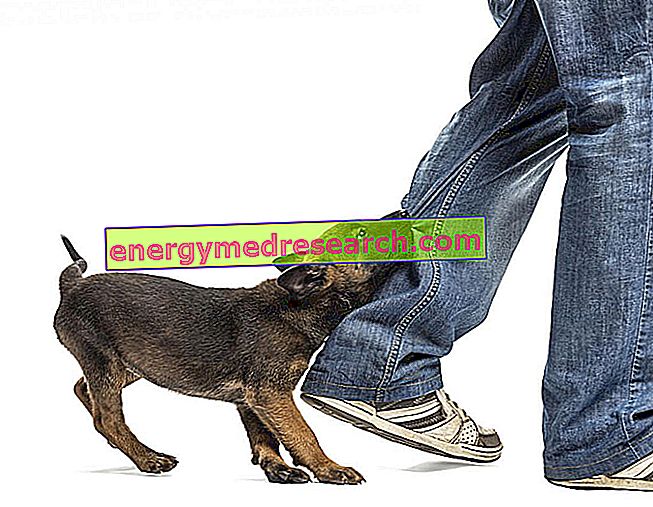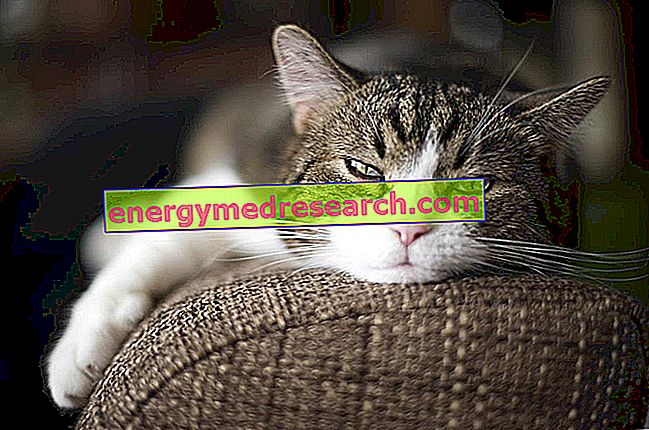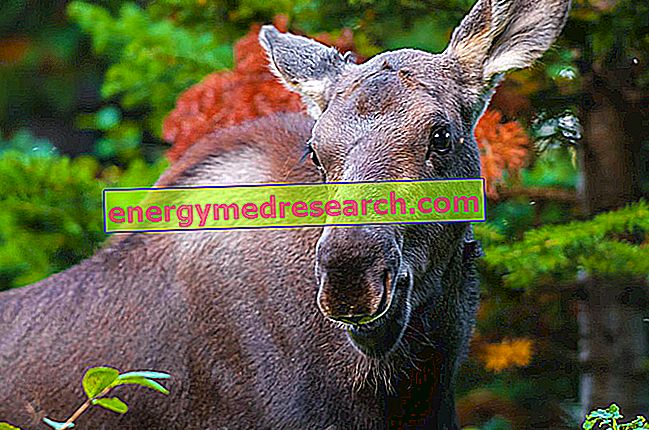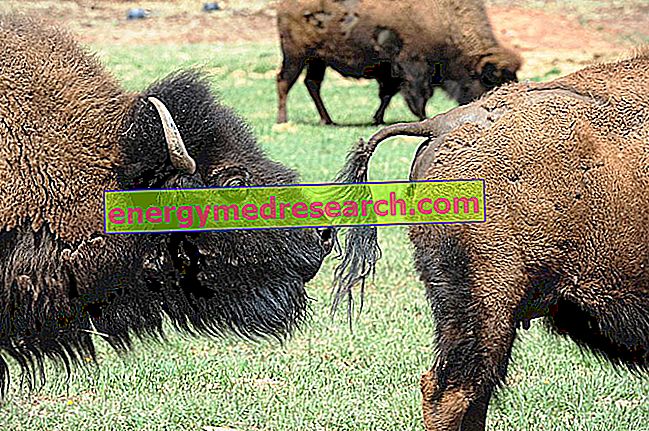Mosquitoes , while pricking their prey, enter an anticoagulant substance that allows them to suck blood more easily. If they did not inject it, after the penetration of the sting, they would not be able to secure a good blood meal. It is precisely this anticoagulant substance , together with the insect's saliva , which causes discomfort and irritation
Category veterinary medicine
Fleas are very unpleasant insects not only for pets; in fact, they can also sting humans, causing intense itching and, in some particularly sensitive individuals, even allergic dermatitis . The three species of fleas with which the man most frequently comes into contact are Ctenocephalides felis (cat flea), Ctenocephalides canis (dog flea) and Pulex irritans (human flea)
The world seen from the eyes of a dog appears more blurred and less colorful than ours. As shown by the comparison between human vision (above) and canine vision (below), "fido" clearly distinguishes blue and yellow, but confuses red, orange, yellow and light green. For a dog it is almost impossible to recognize an orange ball among many green balls
In most cases, the reasons why a dog bites humans seem seemingly inexplicable. However, it is worth noting that not when the dog 's attack is resolved with a bite, it is not always the animal's fault. First of all, it should never be forgotten to interact cautiously with animals, especially those who do not know each other, and behavior that may surprise or frighten them should be avoided
Dogs are equipped with large teeth, capable of causing superficial abrasions , tissue lacerations , penetrating rashes and bone fractures . In most cases, the bites come from animals with which the victim is familiar or otherwise knows, while it is rarer to inflict stray dogs. Although it is difficult to identify which dogs have a greater tendency to bite, those of large size and trained to attack can be more dangerous than others, due to their strength and the severity of injuries they can cause
The adult fleas live exclusively on the dog and the cat, while in the environment the rest of their cycle takes place, consisting of the immature forms , ie larvae and eggs deposited by the female immediately after having fed. Suffice it to say that only 5% of fleas are present on the host, while the remaining 95% ( eggs, larvae and pupae ) are found in the environment
Rabbits, graceful (and edible) creatures often used in Italy as pets, elsewhere (for example in Australia and New Zealand) represent a real environmental scourge. Exported to other more favorable habitats by humans, rabbits are a significant source of problems to say the least. Because of their enormous appetite and the speed with which they reproduce, wild rabbits represent a harmful and pest alien species for the agriculture of these places
Drug use seems widespread among animals of different species. A classic example is that of the so-called catnip (especially Nepeta cataria ) which causes the cat to smell its leaves and rub against it, only to lick and chew them with such pleasure and frenzy as to start purring. What can we say about the fearsome Amanita muscaria , a poisonous and psychoactive mushroom with a characteristic red-spotted hat (pileus)
Since livestock generates about 20% of global methane emissions *, significantly contributing to the so-called greenhouse effect, and since in New Zealand there is a high density of cattle farms, in 2003 the local government tried to stem the phenomenon by proposing a tax on agricultural emissions, immediately renamed "flatulence tax" or tax on flatulence
Flatulences, particularly those of bovine origin, are often held to be one of the main causes of environmental pollution . Although it is true that around 20% of global methane emissions are generated by livestock, only a small percentage of gas is released from the flatulence of these animals. The remaining 90-95% is instead released through breathing or the eruption of the animal
Even cats, like dogs, have milk teeth like humans. This is the typical deciduous denture that accompanies the childhood of the animal before leaving space for the final dentition. Cats are born without teeth and see canines and incisors appear first, around the third week of life. The definitive dentition replaces the deciduous one between 4 and 7 months of age











